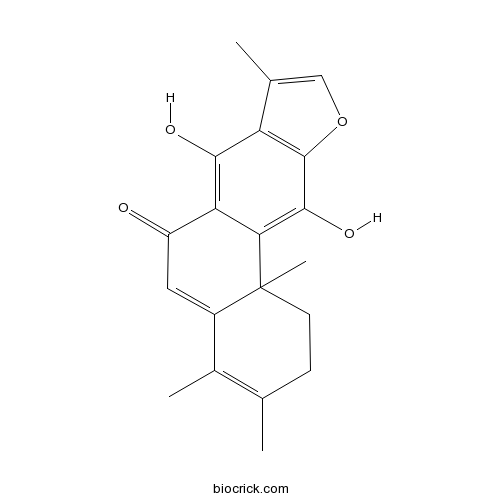Products for Diterpenoids
-
BCN6784
Triptobenzene H
Botanical source: The roots of Tripterygium wilfordii Hook.f.(CAS NO.:146900-55-2)
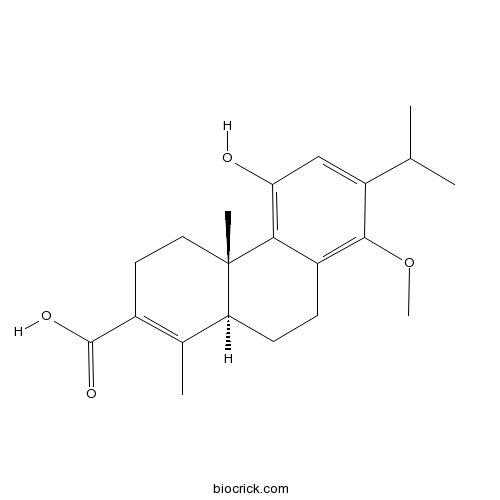
-
BCN8278
Brusatol
Brusatol (NSC 172924), isolated from the Brucea javanica plant, inhibits Nrf2.(CAS NO.:14907-98-3)
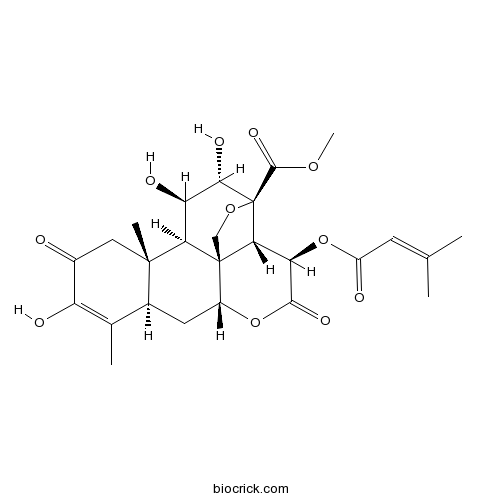
-
BCN7477
Neotripterifordin
Botanical source: The roots of Tripterygium wilfordii.(CAS NO.:149249-32-1)
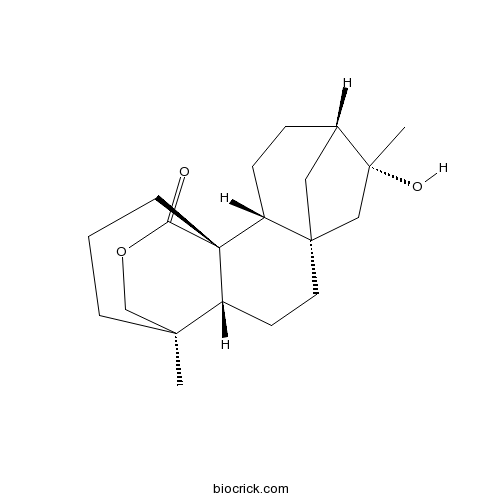
-
BCN1673
Phytol
Phytol ((E)-Phytol), a diterpene alcohol from chlorophyll widely used as a food additive and in medicinal fields, possesses promising antischistosomal properties. Phytol has antinociceptive and antioxidant activitiesas well as anti-inflammatory and antiallergic effects. Phytol has antimicrobial activity against Mycobacterium tuberculosis and Staphylococcus aureus.(CAS NO.:150-86-7)
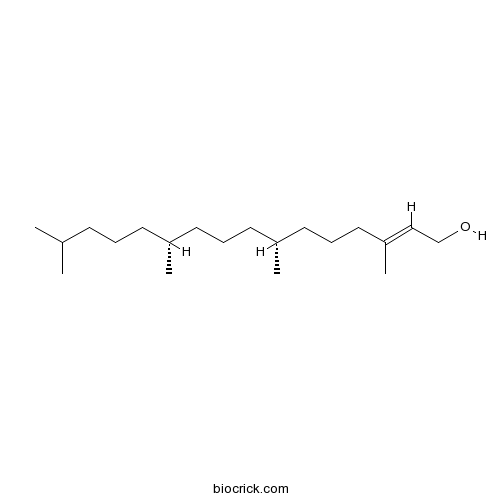
-
BCN6881
Trigothysoid N
Botanical source: The twigs and leaves of Trigonostemon thyrsoideum.(CAS NO.:1501943-08-3)
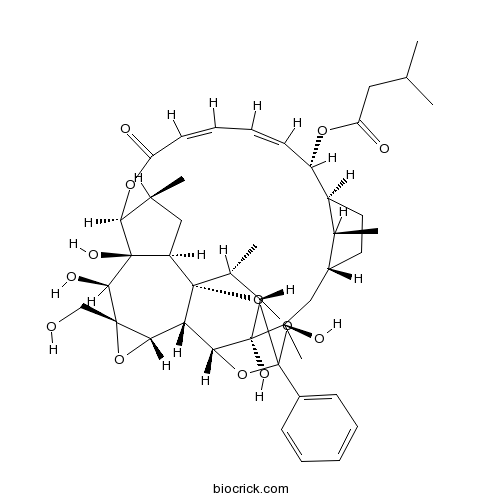
-
BCN6612
Borapetoside D
Botanical source: The stems of Tinospora crispa.(CAS NO.:151200-48-5)
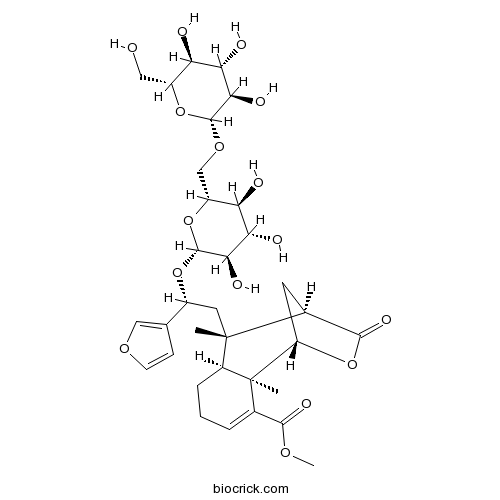
-
BCN6571
Borapetoside E
Botanical source: The vines of Tinospora crispa.(CAS NO.:151200-49-6)
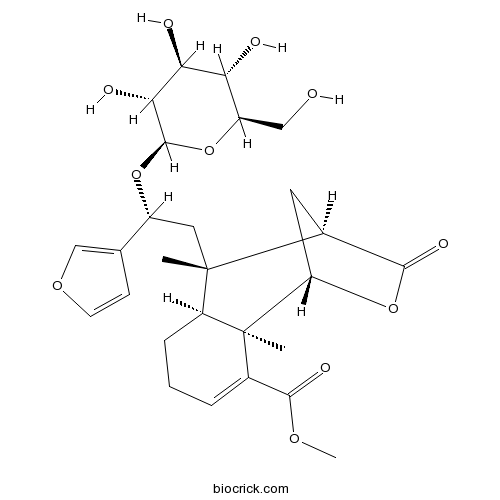
-
BCN6413
Borapetoside F
Botanical source: The stems of Tinospora tuberculata Beumée.(CAS NO.:151200-50-9)
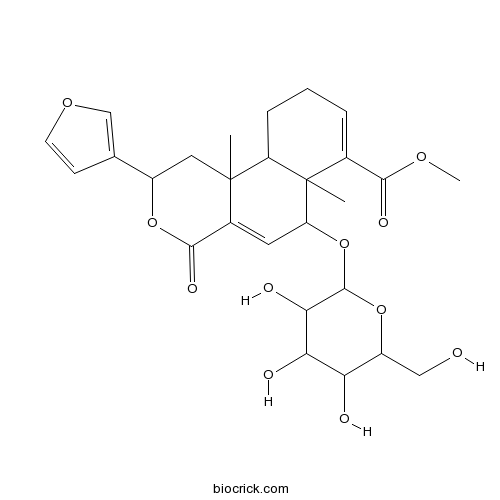
-
BCN1674
ent-3-Oxokauran-17-oic acid
Botanical source: The herbs of Croton laevigatus(CAS NO.:151561-88-5)
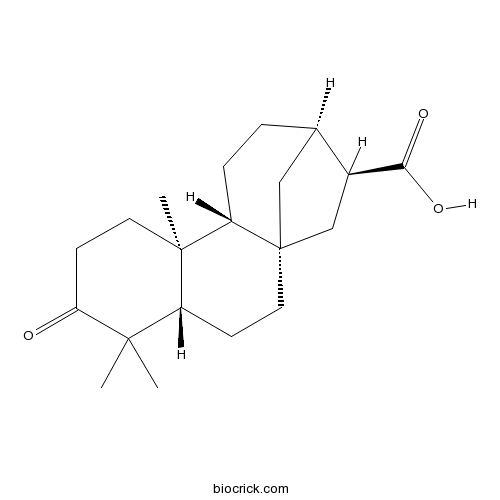
-
BCN1677
Forrestin A
Botanical source: The herbs of Rabdosia amethystoides(CAS NO.:152175-76-3)
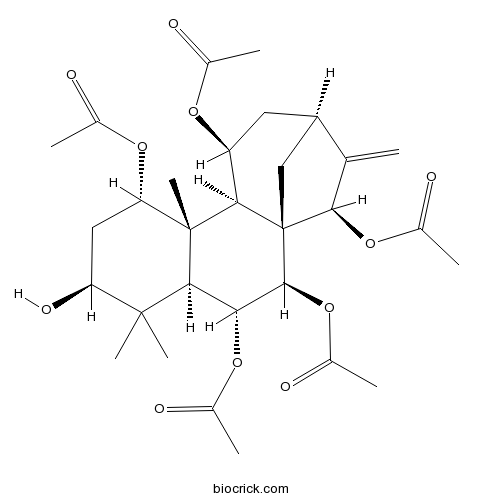
-
BCN7646
Aphadilactone B
Botanical source: The leaves of Aphanamixis grandifolia.(CAS NO.:1522004-68-7)
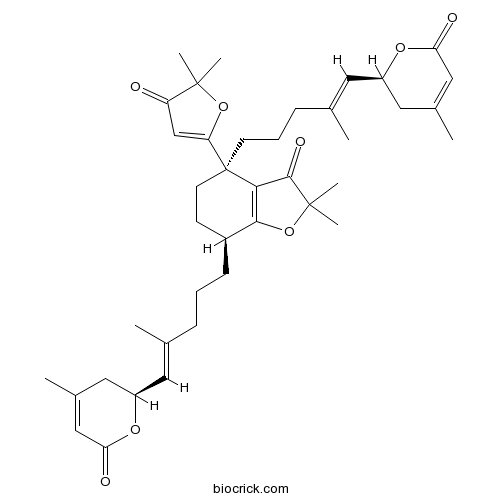
-
BCN7645
Aphadilactone C
Botanical source: The leaves of Aphanamixis grandifolia.(CAS NO.:1522004-70-1)
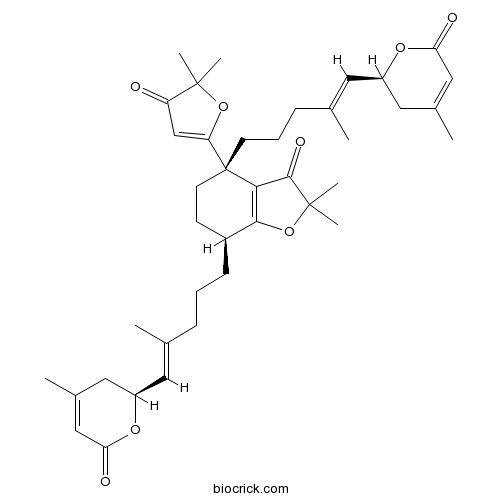
-
BCN1680
Ginkgolide A
Ginkgolide A (BN-52020) is an extract from in Ginkgo biloba and a g-aminobutyric acid (GABA) antagonist.(CAS NO.:15291-75-5)
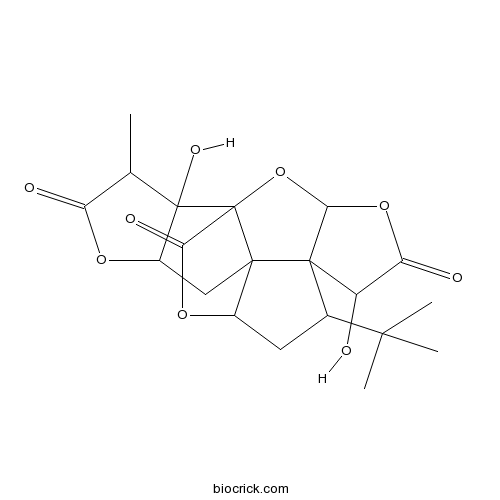
-
BCN1681
Ginkgolide C
Ginkgolide C is a flavone isolated from Ginkgo biloba leaves, possessing multiple biological functions, such as decreasing platelet aggregation and ameliorating Alzheimer disease.(CAS NO.:15291-76-6)
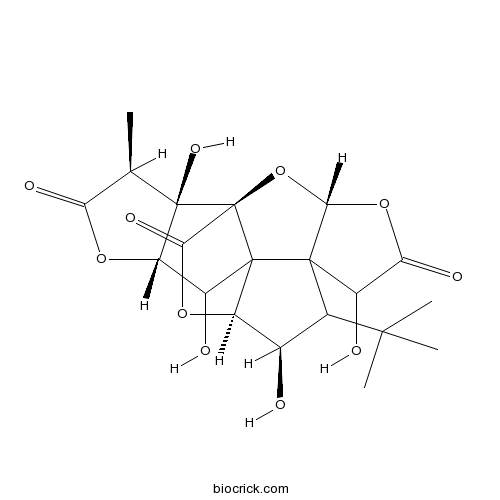
-
BCN1682
Ginkgolide B
Ginkgolide B (BN-52021), an important active terpenoid from Ginkgo biloba leaves, is reported to increase cell viability and decrease cell apoptosis.(CAS NO.:15291-77-7)
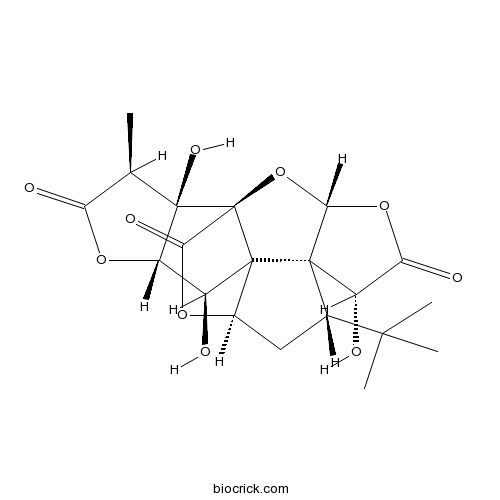
-
BCN7343
N-Methyltaxol C
Botanical source: The branches of Taxus Chinensis var.Mairei.(CAS NO.:153083-53-5)
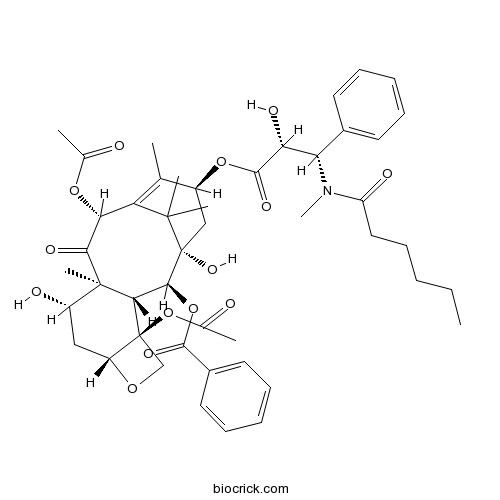
-
BCN1685
Taxayunnansin A
Botanical source: The barks of Taxus chinensis(CAS NO.:153229-31-3)
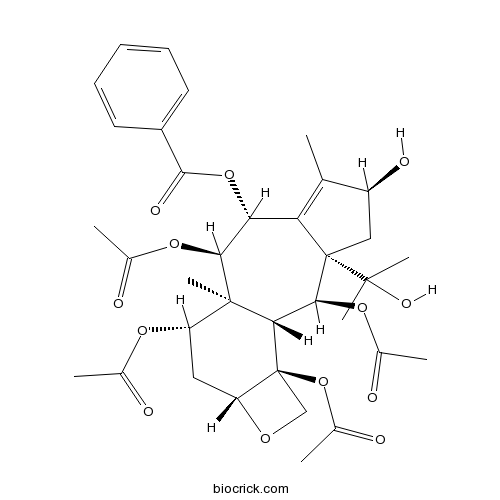
-
BCN8209
Ginkgolide K
Ginkgolide K, isolated from Ginkgo biloba, induces protective autophagy through the AMPK/mTOR/ULK1 signaling pathway. Ginkgolide K possesses neuroprotective activity.(CAS NO.:153355-70-5)
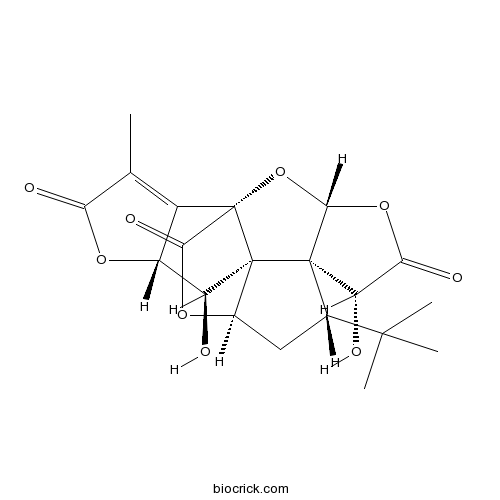
-
BCN6941
Taxol C
Botanical source: The seeds of Chinese yew Taxus chinensis.(CAS NO.:153415-45-3)
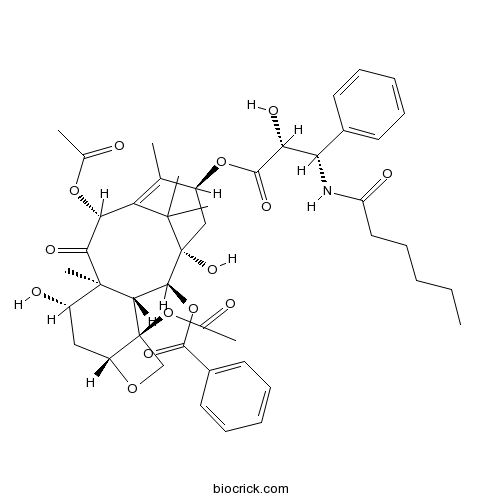
-
BCN6948
Taxcultine
Botanical source: The cell cultures of Taxus baccata.(CAS NO.:153415-46-4)
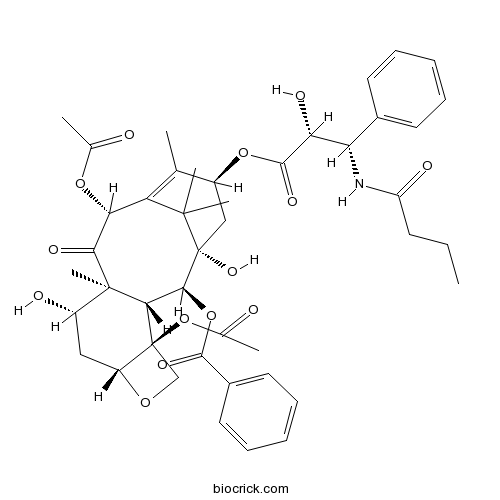
-
BCN7672
7alpha,15-Dihydroxydehydroabietic acid
Botanical source: The caulis and leaves of Callicarpa kochiana.(CAS NO.:155205-64-4)
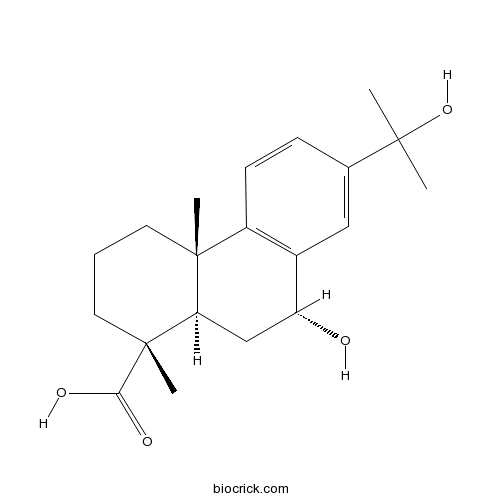
-
BCN1693
Methyl 7,15-dihydroxydehydroabietate
Botanical source: The barks of Pinus yunnanensis(CAS NO.:155205-65-5)
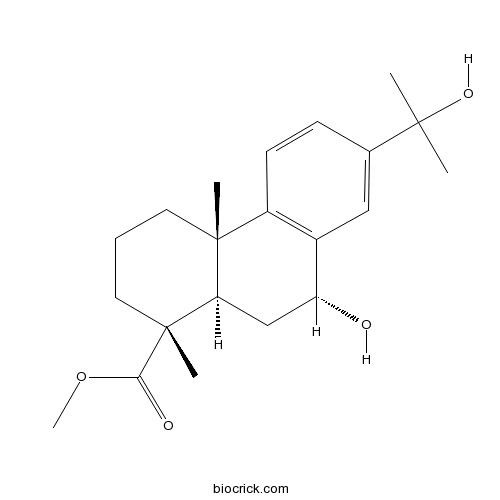
-
BCN6399
Rabdoternin F
Botanical source: The dried leaves of Rabdosia ternifolia.(CAS NO.:155977-87-0)
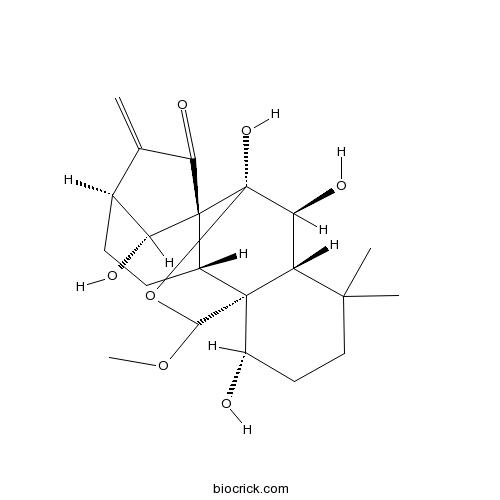
-
BCN7670
7,13-Dideacetyl-9,10-didebenzoyltaxchinin C
Botanical source: The whole plants of Taxus chinensis var. mairei.(CAS NO.:156497-25-5)
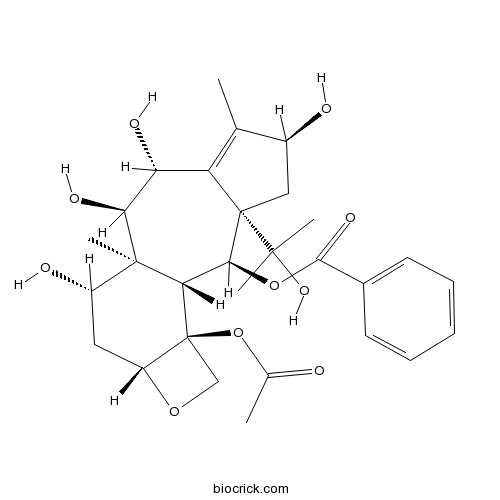
-
BCN8008
Ajuforrestin A
Botanical source: The herbs of Ajuga forrestii(CAS NO.:157110-18-4)
